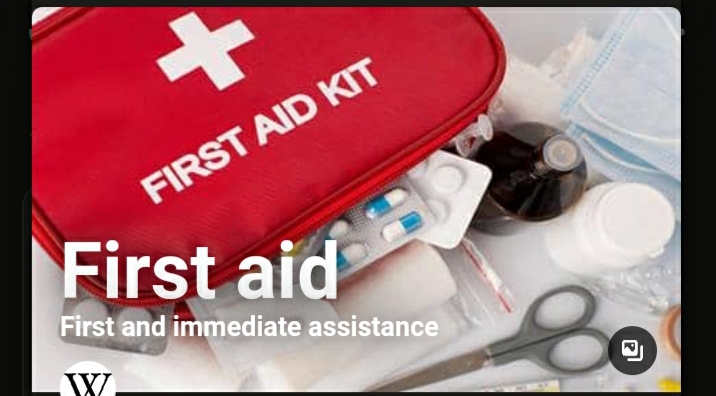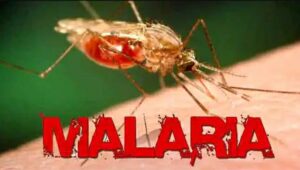
Basic First Aid: The Three Cs, Caring for Common Injuries & More
First aid is the immediate care a sick or injured person gets. In some cases, it may be the only care a person needs. In others, first aid is a way to prevent a person’s condition from worsening and keep them alive until paramedics arrive or they are taken to the hospital.
The best way to prepare for these events is to get official first-aid training. In the meantime, there are some basic life-saving steps you can learn. This article goes over the first aid steps to follow in 10 different situations and how to tell if more care is needed.
The Three Cs of First Aid
If someone is unconscious or unresponsive, the basic principle of first aid that you need to know is **the three Cs**: check, call, and care.
– **Check**: If you find someone who is not awake, try to wake them by tapping their shoulder and shouting “Are you OK?” If they don’t respond, check their breathing by tilting their head back and looking and feeling for signs of air coming out of their mouth or nose. If they are not breathing, move on to the next step.
– **Call**: If the person is not awake and not breathing, call for help. Dial 112 or your local emergency number and tell them where you are and what is happening. If you are not alone, ask someone else to make the call while you start CPR.
– **Care**: If a person is not awake and not breathing, start CPR (cardiopulmonary resuscitation) by doing chest compressions and rescue breathing. Chest compressions are pushing hard and fast on the centre of the person’s chest, about 100 to 120 times per minute. Rescue breathing is blowing air into the person’s mouth or nose after every 30 compressions. If you have access to an AED (automated external defibrillator), use it as soon as possible. An AED is a device that shocks the heart to make it start beating again.
Continue CPR until help arrives or the person starts breathing on their own.
Caring for Common Injuries
Besides CPR, other first aid skills can you deal with common injuries, such as bleeding, choking, burns, sprains, and fractures. Here are some tips on how to handle these situations:
– **Bleeding**: If someone is bleeding heavily from a wound, apply direct pressure with a clean cloth or bandage. If possible, elevate the injured part above the level of the heart to slow down the bleeding. If the bleeding does not stop or soaks through the cloth or bandage, add more layers and keep applying pressure. Do not remove any objects that are stuck in the wound, as this may cause more bleeding. Call 112 or seek medical attention as soon as possible.
– **Choking**: If someone is choking on something and cannot breathe, cough, or speak, perform the Heimlich manemanoeuvreis is a technique that involves standing behind the person and wrapping your arms around their waist. Make a fist with one hand and place it just above their navel. Grasp your fist with your other hand and thrust it inward and upward into their abdomen. Repeat this until the object comes out or the person becomes unconscious. If the person becomes unconscious, start CPR.
– **Burns**: If someone has a burn, cool it down with cold water for at least 10 minutes. Do not use ice, butter, or any other substances on the burn. Cover the burn with a clean cloth or bandage and seek medical attention if needed. Do not pop any blisters or peel off any skin from the burn.
– **Sprains**: If someone has a sprain (an injury to a ligament), follow the RICE method: rest, ice, compression, and elevation. Rest the injured part and avoid putting weight on it. Ice it for 15 to 20 minutes every few hours to reduce swelling and pain. Compress it with an elastic bandage to provide support and prevent further swelling. Elevate it above the level of the heart to help drain excess fluid.
– **Fractures**: If someone has a fracture (a broken bone), immobilize the injured part with a splint or sling. A splint can be made from any rigid material, such as a stick or a board, that can keep the bone from moving. A sling can be made from any cloth material, such as a scarf or a towel, that can support the arm or leg. Do not try to realign or push back any bones that are sticking out of the skin. Call 911 or seek medical attention as soon as possible.
More First Aid Tips
Here are some more first-aids to keep in mind:
– Whenever possible, wash your hands thoroughly with soap and water before providing first aid. Use hand sanisanitisery if soap and water are not available. This will help keep you from passing bacteria on to the person you are assisting.
– Wear gloves if you are dealing with blood or other body fluids. If you don’t have gloves, use a plastic bag or other barrier to protect your hands.
– If you are not sure what to do in an emergency, call 112 or your local emergency number and follow their instructions. They can guide you through the first aid steps until help arrives.
– Always check for signs of life before starting CPR. If the person is breathing or has a pulse, do not perform CPR, as this may cause more harm than good.
– If you have access to an AED, use it as soon as possible. An AED can increase the chances of survival for someone who has a cardiac arrest (when the heart stops beating). Follow the voice prompts on the device and make sure no one is touching the person when the shock is delivered.
– Do not give anything to eat or drink to someone conscious, choking, or having a severe injury. This may cause them to choke or vomit, which can make their condition worse.
– Do not move someone who has a head, neck, or back injury, unless they are in immediate danger. Moving them may cause more damage to their spine or brain. Keep their head and neck still and wait for help to arrive.
Sources
This article is based on information from the following sources:
– [First Aid Instructions for 10 Medical Emergencies – Verywell Health](https://www.verywellhealth.com/basic-first-aid-procedures-1298578)
– [First Aid Steps | Perform First Aid | Red Cross – American Red Cross](https://www.redcross.org/take-a-class/first-aid/performing-first-aid/first-aid-steps)
– [Introduction to First Aid – Healthline](https://www.healthline.com/health/first-aid)
I hope this article helps you learn some basic first-aids. Remember, the best way to be prepared for an emergency is to get official first-aid training from a reputable organization. Stay safe and healthy! 😊.
Source: Conversation with, 10/07/2023
(1) First Aid Instructions for 10 Medical Emergencies – Verywell Health. https://www.verywellhealth.com/basic-first-aid-procedures-1298578.
(2) First Aid Steps | Perform First Aid | Red Cross – American Red Cross. https://www.redcross.org/take-a-class/first-aid/performing-first-aid/first-aid-steps.
(3) Introduction to First Aid – Healthline. https://www.healthline.com/health/first-aid.
(4) Getty Images. https://www.gettyimages.com/detail/photo/first-aid-kit-with-all-essential-elements-royalty-free-image/1263932003.






